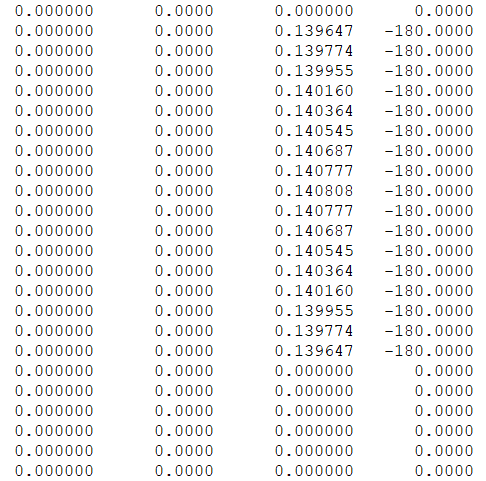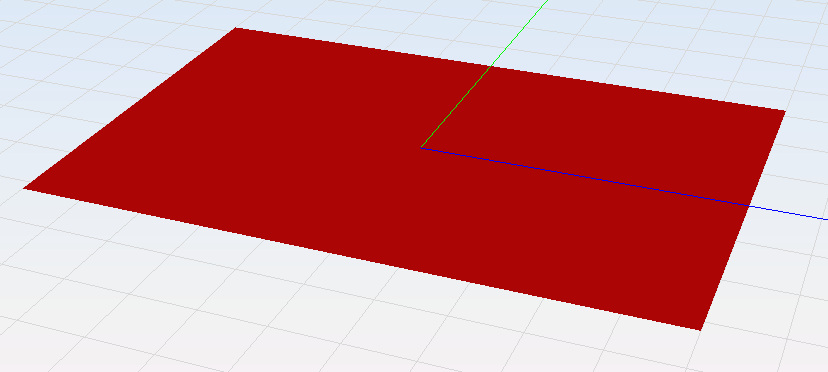Define Near Field from Data
Apply an array of electric and magnetic dipoles in the model (in the form of a planar aperture) that is equivalent to measured or calculated field values.
- Source Files
- The user can import the E-Field and H-Field files by pressing the
Browse button and selecting the text files in
their hard drive. These files contain the electric and magnetic field
for every point in the U and V direction, four columns for the E-Field
file with EU (Amplitude V/m), EU (Phase deg),
EV (Amplitude V/m), EV (Phase deg); and four
columns for the H-Field file with HU (Amplitude V/m),
HU (Phase deg), HV (Amplitude V/m),
HV (Phase deg) (see Figure 2).

Figure 1. Define Near Field- Start reading from line number: Skip this
number of lines before reading the field values.

Figure 2. E-Field file example - Cartesian Coordinate System: Allows the
user to define the planar aperture, the E-Field and H-Field
files must contain a field value for each point defined in this
section.
- Width (W): Array size in U direction.
- Height (H): Array size in V direction.
- Number of points (U): The number of points in U direction.
- Number of points (V): The number of points in V direction.
- Displacement: This parameter is a vector that specifies the translation applied to the points when added to the simulation.
- Orientation: This parameter allows the rotation applied to the points. There are several ways the user can specify this rotation: by giving each of the axis directions of the transformation, by specifying spherical rotation angles, by specifying rotation angles on each axis or by specifying the Z axis and a rotation angle.
- Start reading from line number: Skip this
number of lines before reading the field values.
If the Relative to reference plane check box is selected, the displacement and rotation will be relative to the current reference plane coordinate system.

Figure 3. Near Field Source